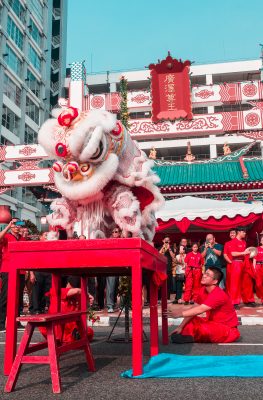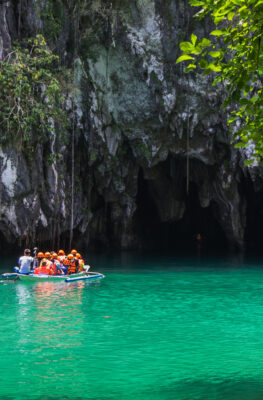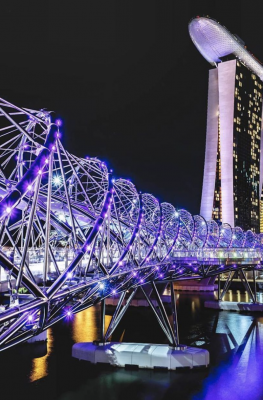Published on January 18, 2010

Typhoon season is undoubtedly the best time to surf the Philippines, but does come with obvious drawbacks.
On the East (Pacific) coast, Calicoan Island, off South-Eastern Samar has good right and left handers off ABCD beach, but while the surf here can be amazing, it’s often too big to surf and closes out. While Samar is one of the poorest and most remote islands of all the Philippines it is also one of the most stunning. The scenery here is awesome. The endless coco palms and rice paddies make it an amazing place to visit for surfers and travellers alike. The people of Samar are some of the most hospitable in the Philippines and by western standards food and accommodation is incredibly cheap, making it a surfing paradise. Nightlife here is quiet unless you’re into karaoke or drinking rum which results in wretched hangovers and the danger of missing the early morning surf sessions.
Also on the Pacific coast, the Eastern Bicol region around Cataduanes has some waves worth a visit. Majestics is the most popular break and an idyllic spot for any visitor. As one well travelled friend once mentioned, “Laos is the most peaceful place I’ve visited (in Southeast Asia), but the Philippines is by far the most beautiful”. Majestics is fast becoming a premier spot and could soon rival Cloud Nine on Siargao. Lonely Planet describes Majestics as “a reef break 200m offshore, it is no beginner’s wave. When it’s working, it’s perfect. However, like most breaks on the Pacific coast, Majestics usually only works when there’s a typhoon lurking offshore during the habagat (south-western monsoon).” The best time to visit Majestics is between August and October, and Elenas’s Beach resort is where the action is. Here you can find out about other surf spots or hire boards for US$5 a day. Lessons can also be arranged for US$2.50 an hour.
On the East of Bicol Island, is Daet another great surfing destination. Bagasbas is the main break here, located on a beautiful sandy white beach. There is a karaoke bar-strip running alongside the beach which means nights are very loud and somewhat hectic. But while this may not everyone’s cup of tea, it can be a fun place sit out those flat spells. Again, this break is typhoon dependent.
While Siargao is a difficult spot to get to, it is home to the world class right-hander and the most famous wave in the Philippines, the aforementioned, legendary Cloud 9. Due to its reputation and popularity with foreign surfers, Cloud 9 has been nicknamed “Crowd 9”, but if you get just one good wave here you’ll realize why it has been so popular for so long. Getting away from the crowds at Cloud 9 is easy and pumpboats can be hired to take you out to Rock Island or any number of neighbouring uncrowded breaks.
For Siargao the best months for surf are August through to the beginning of November. This is when most typhoon swells hit and the winds are at their best. For beginners, May, June, and July, may be preferred as the surf is generally smaller (conditions can still be perfect though). And for big wave surfers you may prefer to visit between December and April when the winds are generally strong and cross shore. While this is a bit of a gamble, the season usually produces some epic big wave days.
Non-Pacific breaks in the Philippines include Subic, Vigan and La Union on the west coast of central and northern Luzon. While these spots are more consistent and not as typhoon dependent it does mean smaller waves, as such this area is generally preferred by beginners.
As with most of the surf in Asia, for a safer trip packing booties, sunscreen, a first aid kit, is recommended and of course travel insurance is also a must.
In 1993 Ean Johnston left London for greener pastures and found himself hooked on board sports, spending a decade pursuing waves and good snow. A freelance journalist, he now resides in wave rich New South Wales with his wife and two daughters.






